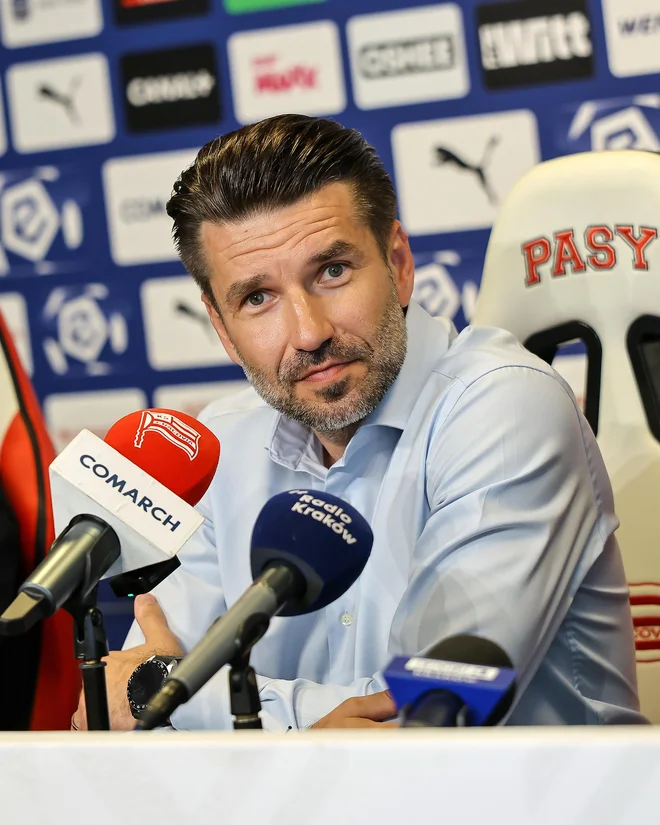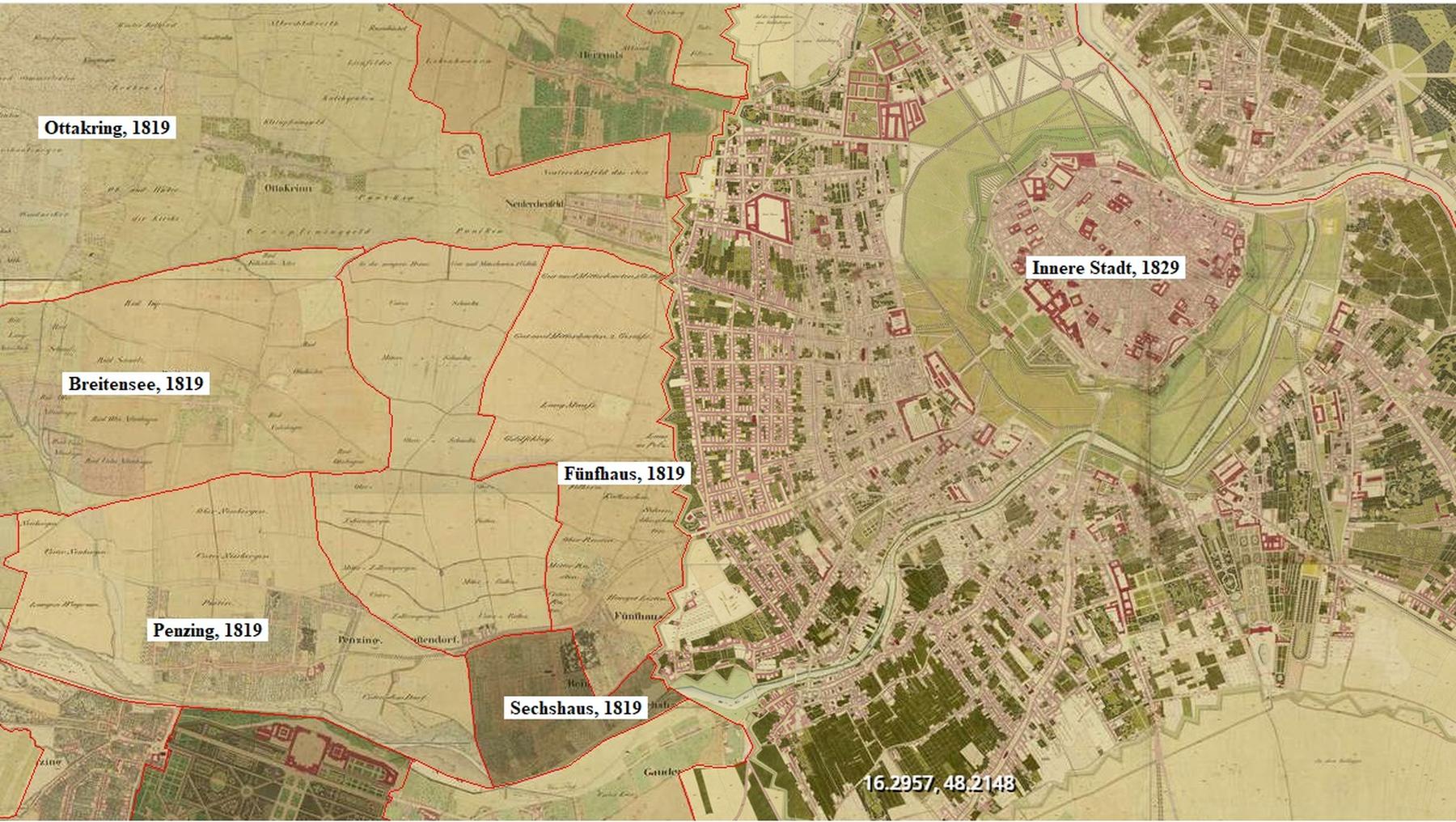Future for farming in Finnmark
Lately, we have been notified of 27,000 escaped salmon in Dyrøy and that hundreds of thousands of salmon have died in the cages in Lauksundet in Skjervøy. 126,242 Fish are registered dead at three and a half weeks at the Vinnalandet location of Grieg Seafood in Hammerfest municipality due to jellyfish. We also see a lice problem in the Altafjord and other locations in Finnmark. This is a situation we cannot live with.
At about the same time, the message came that Mowi bought Nova Sea. This means that there are fewer and fewer aquaculture companies that are locally owned and where the profits stay in the region. And the profit is great. We have also been told that Mowi pays a dividend of NOK 1 billion.
Farming is a large and important industry in Norway and we need a politically good debate about how this industry can continue to be important for both Finnmark and Norway in the future? How it can be more effective, but in a way that is sustainable and be a contributor to that provides industrial development?
What then is for the aquaculture industry to have a future, not only in Finnmark, but along our entire coast?
As we see it, we and the industry must solve four main problems.
1. We need to make sure the industry has no emissions of sludge and other harmful substances for life in the sea
2. We need to make sure to solve the lice problems without using chemicals.
3. We must provide feed that does not contribute to deforestation in the Amazon or which could have been used directly for human food.
4. We must provide facilities that reduce/remove escape and genetic pollution of the wild salmon strain.
We must do this while we need to improve animal welfare in the industry.
This corresponds to Norsk Industri’s roadmap for the Norwegian aquaculture industry where it is pointed out: « By 2030, salmon farming must occur with a technology that eliminates the problems of salmon lice, prevents escape and preserving the value of particulate matter. »
NBIO (Norwegian Institute of Bioeconomics) has calculated that we have a theoretical potential to produce a terrawatttime energy through biogas from the sludge. It’s energy we need. Of course, if growth in the industry is to continue, the potential is of course increasing.
After biogas production can be used as fertilizer either in agriculture or in the production of algae or insects, such as feed for the fish. There may be several other uses that we do not know today.
By thinking about the circular economy in the aquaculture industry in this way, we can create greater values than today while becoming more sustainable and environmentally friendly.
Finnmark SV compares this with the development in the Norwegian process industry. It clearly has a similar restructuring through imposed environmental requirements that has given us one of the world’s most environmentally friendly industries. Much of what was previously waste and pollution before has now become resources for other industries in another industry now.
Believe in the aquaculture industry but they need pressure
Finnmark SV has great faith that those who do fish farming will do this, because the industry shows great innovation. We believe in their innovation power and we know that these are already thoughts the industry is already working on.
However, the economy of the industry shows that they live so well with today’s way of producing, and that the pressure to change must come without it. As a society, we must make clear demands here. One of the relevant requirements may be that increased biomass is not allowed in the plants until these problems are solved.
The industry must therefore make fundamental changes. It may reduce profits in the short term, but will ensure that the industry will survive and bloom in the longer term.
Tore Grøtte
Parliamentary candidate
Finnmark SV





